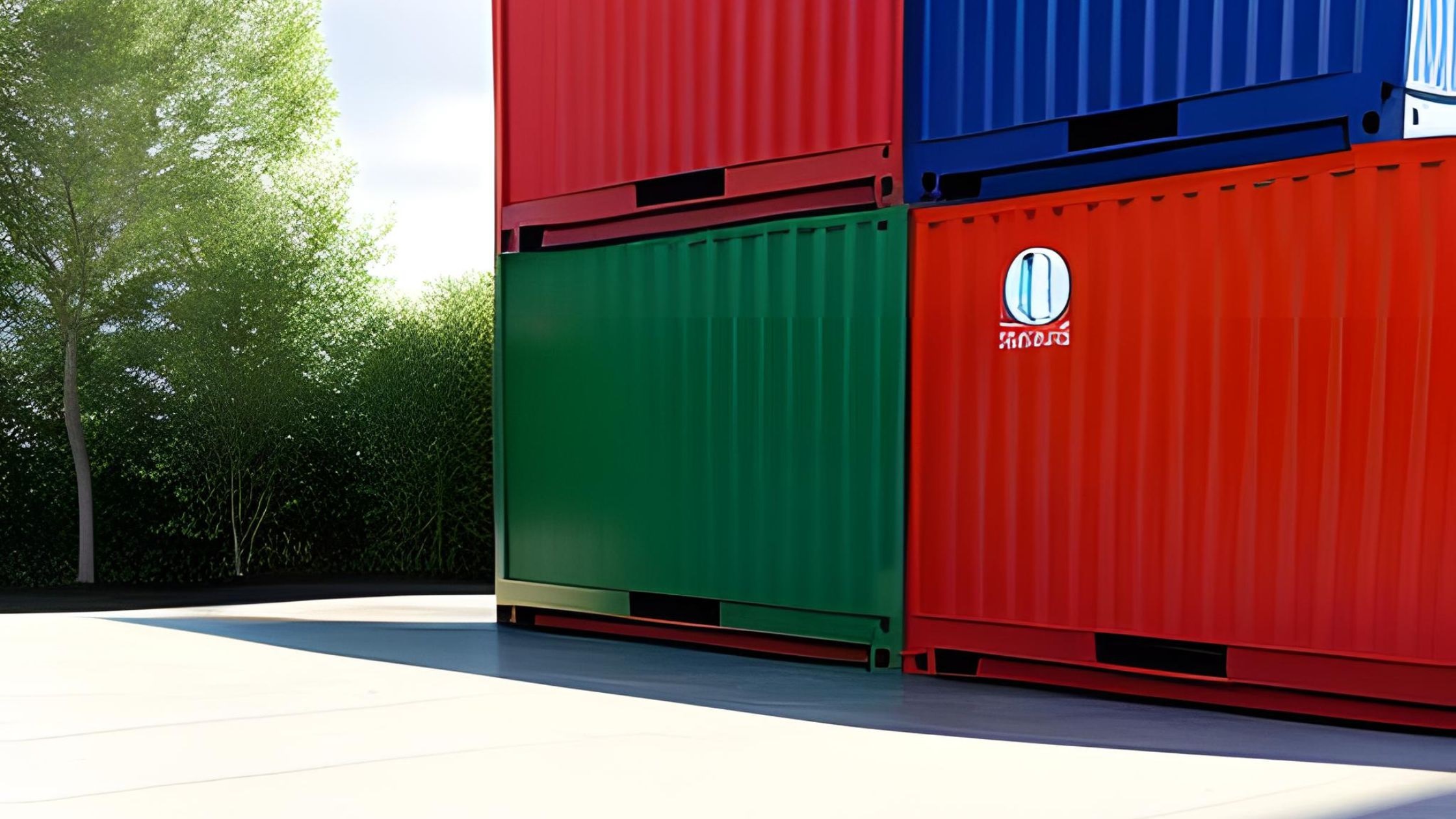Introduction: Understanding Cargo Worthy Containers
Cargo worthy containers are the unsung heroes of global trade and logistics. These rugged steel giants serve as the backbone of international commerce, facilitating the transportation of goods across continents and oceans. But what exactly does it mean for a container to be deemed “cargo worthy,” and why is it such a crucial designation in the shipping industry?
Defining Cargo Worthiness
At its core, cargo worthiness refers to a container’s structural integrity and suitability for transporting goods safely over long distances. Containers that are deemed cargo worthy have met specific standards set by regulatory bodies, such as the International Organization for Standardization (ISO) and the International Maritime Organization (IMO). These standards encompass various aspects of container construction, including strength, condition, and durability.
The Criteria for Cargo Worthy Containers
Several key criteria determine whether a container is deemed cargo worthy:
- Structural Integrity: Cargo worthy containers must possess a robust structural framework capable of withstanding the rigors of transportation, including stacking and handling by cranes.
- Watertightness: Containers must be watertight to protect their contents from moisture damage during transit. This necessitates seals and gaskets that effectively prevent water ingress.
- Floor Condition: The flooring of cargo worthy containers should be free from significant damage or corrosion, ensuring the safe and secure stowage of goods.
- Door Functionality: Doors must operate smoothly and securely, allowing for easy loading and unloading of cargo while maintaining security during transit.
- Compliance with Regulatory Standards: Cargo worthy containers must adhere to international standards, including those outlined in ISO 6346 for container identification and ISO 1496 for container specifications.
Benefits of Cargo Worthy Containers
Investing in cargo worthy containers offers several notable benefits for businesses involved in global trade:
- Enhanced Cargo Protection: Cargo worthy containers provide a secure environment for goods, protecting them from damage caused by exposure to the elements or rough handling.
- Reliable Transportation: With their sturdy construction and adherence to industry standards, cargo worthy containers offer a reliable means of transporting goods across vast distances, reducing the risk of delays or disruptions.
- Cost Efficiency: While cargo worthy containers may require a higher initial investment compared to uncertified alternatives, their durability and longevity can result in cost savings over the long term by minimizing the need for repairs and replacements.
- Compliance with Regulatory Requirements: Utilizing cargo worthy containers ensures compliance with international regulations governing the transportation of goods, reducing the risk of penalties or delays at customs checkpoints.
Applications of Cargo Worthy Containers
Cargo worthy containers find applications across a diverse range of industries and sectors, including:
- Shipping and Freight Forwarding: Cargo worthy containers are the primary means of transporting goods via sea freight, serving as the standard unit for containerized cargo shipments.
- Storage and Warehousing: These containers are also utilized for on-site storage at ports, warehouses, construction sites, and manufacturing facilities, providing a secure and customizable storage solution.
- Temporary Accommodation: Modified cargo worthy containers are repurposed as temporary accommodations, offices, classrooms, and even pop-up retail spaces, offering a versatile solution for various temporary infrastructure needs.
Conclusion: Embracing the Versatility of Cargo Worthy Containers
Cargo worthy containers represent more than just metal boxes; they are the linchpin of global trade, enabling the seamless movement of goods around the world. By investing in cargo worthy containers, businesses can ensure the safety, reliability, and efficiency of their supply chains, unlocking new opportunities for growth and innovation in an increasingly interconnected world.





